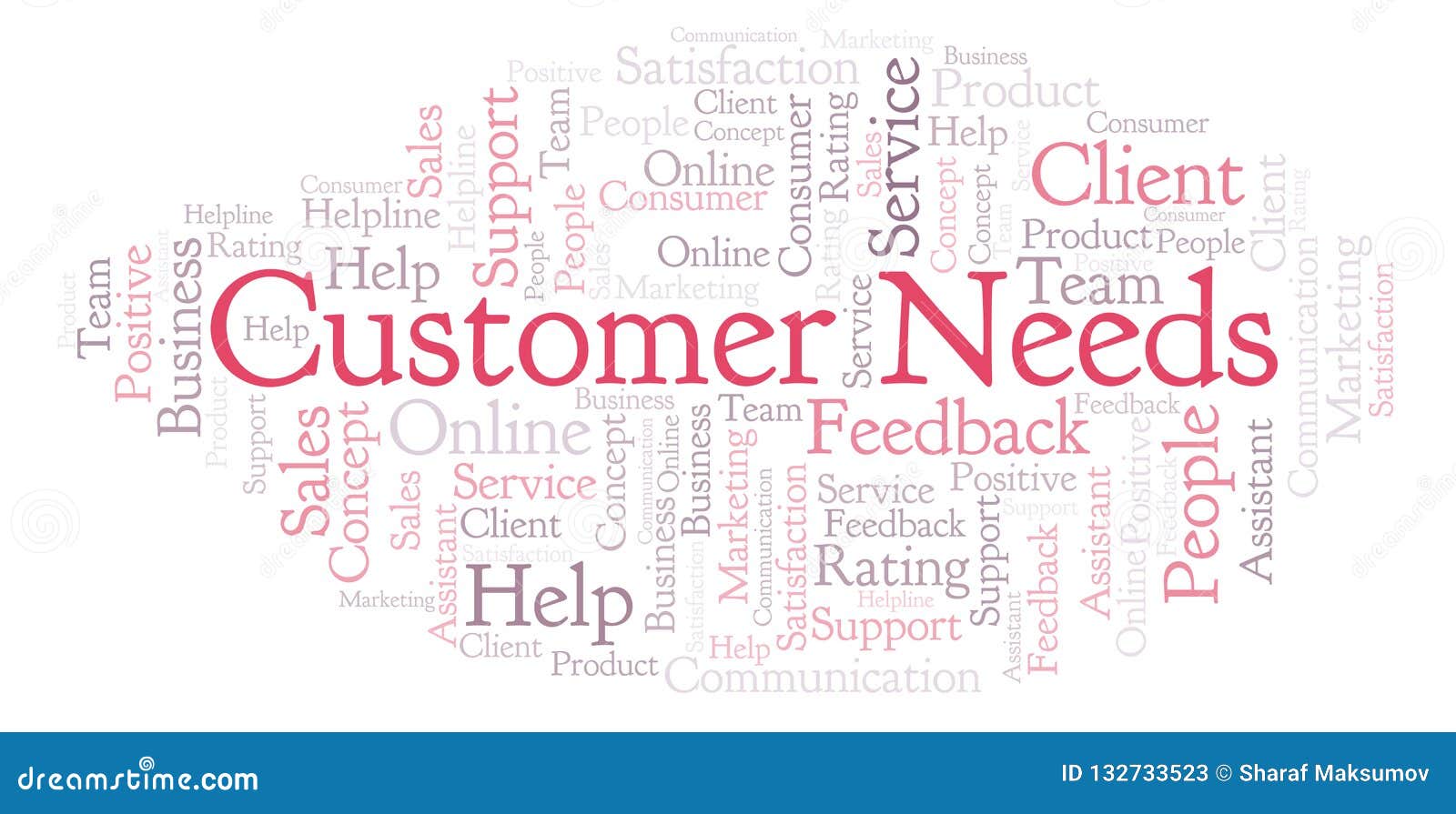 Understanding the True Definition of ‘Real-Time Marketing’
Understanding the True Definition of ‘Real-Time Marketing’
In today’s fast-paced digital world, marketers are constantly seeking ways to reach their customers at the right time with the right experience. Real-time marketing has become a buzzword in the industry, but what does it really mean? Is it about delivering content in milliseconds or even faster?
According to Salesforce, real-time marketing is not about having all the answers all the time, but rather giving customers what they need when they need it. It’s about reaching your customers at the moment they need to be reached.
Real-time marketing is often confused with real-time data. Real-time data refers to data that is processed and available for use immediately after it’s captured, usually in milliseconds. For example, the GPS on your phone captures your location and recommends a driving route in real time. However, when it comes to marketing, real-time doesn’t necessarily mean right now. It’s about delivering information to the end user when they need it, whether that’s seconds or even hours later.
One industry that heavily relies on real-time marketing is travel and hospitality. If a customer’s digital profile isn’t accurate at the moment, it can cause inconvenience and frustration. For example, if a passenger changes their seat or flight on an airline’s app or website, they expect it to show up in their experience right away. They also expect the service agent at a kiosk or a service counter to be up to date with their changes. Real-time marketing in this context means updating customers’ profiles right away, but delivering marketing messages at the speed that is appropriate for the customer.
While real-time marketing can have significant benefits for businesses, it also comes with technical and organizational costs. It requires strategic investments in systems that need to be real time, such as personalization platforms and customer data platforms (CDPs). It’s important for marketers to prioritize their real-time data needs based on whether they are in the “Respond” mode or the “Inspire” mode. The “Respond” mode requires quick responses to customer concerns, while the “Inspire” mode involves pre-planned activities that benefit from complete and curated data.
Implementing a CDP that utilizes real-time data can help businesses respond to customers in ways that make sense to them. For example, a customer making a purchase on an e-commerce website can trigger their entry into a journey tailored to high-value customers, allowing businesses to target them with relevant ads. Salesforce recently announced their Data Cloud, a CDP that uses real-time data to make real-time marketing easier for companies.
In conclusion, real-time marketing is about delivering the right data at the right time to better connect with customers. It’s not about delivering content in milliseconds, but rather delivering information when the end user needs it. By investing in the right systems and prioritizing real-time data needs, businesses can improve customer journeys and meet customer needs in a timely manner.
